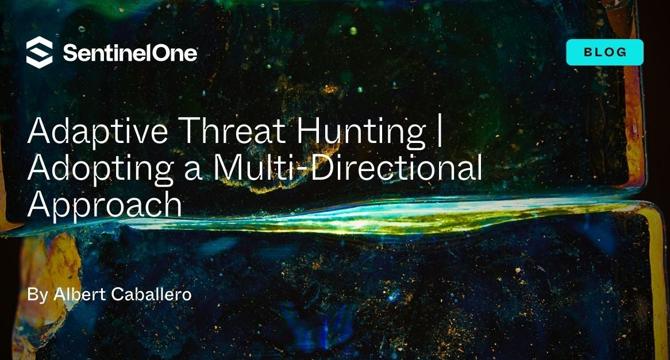Sentinelone
1M
253

Image Credit: Sentinelone
Adaptive Threat Hunting | Adopting a Multi-Directional Approach
- Adaptive threat hunting benefits from a multi-directional approach, which integrates memory, logs, and file system analysis to identify and respond to a broader spectrum of threats.
- Automating the collection of memory dumps, process information, system files, and event logs helps organizations adopt a proactive approach to adaptive threat hunting.
- Telemetry-only hunting may not provide a complete picture of advanced or stealthy attacks as it lacks visibility into system memory, event logs, registries, and file system activities.
- Sampling is a technique that enables a broader reach, adding speed and scale to hunts. This consists of automated examination of a selected group of systems to gain deeper insights into potential threats that exist in the environment.
- Combining the insights from endpoint telemetry data analysis with triage scans and event logs provides a more comprehensive view of the threat landscape and helps identify both known and unknown threats.
- Threat hunting is supported by both automated processes and manual investigation. Automation helps quickly sift through large datasets and prioritize alerts, while manual investigation allows analysts to triage events or clusters of events of interest, and then delve deeper into complex threats and apply human expertise.
- Security platforms offer advanced capabilities today to help organizations adopt a holistic, multi-directional approach to adaptive threat hunting.
- By automating the collection and correlation of data sources, organizations can identify the compromise, limit the impact, and prevent further exploitation.
- Implementing such an advanced strategy may be challenging for internal security teams and partnering with trained service providers or using appropriate tools may be helpful.
- For organizations willing to enhance their threat detection capabilities, SentinelOne's WatchTower Intelligence-Driven Threat Hunting service and Singularity MDR service offer comprehensive detection and analysis capabilities that surface both known and unknown threats.
Read Full Article
15 Likes
For uninterrupted reading, download the app